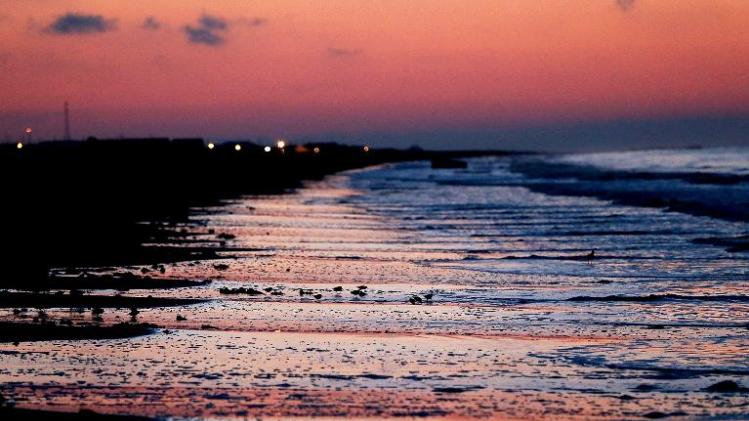Paris (AFP) - Scientists
on Sunday said that methane which leaked from the 2010 oil-rig blowout
in the Gulf of Mexico persisted in the sea for months beyond a presumed
cleanup of the gas by marine microbes.
The leak triggered a surprising "bloom" of marine bacteria that feasted on the gassy hydrocarbon plume.
The
bugs performed a valuable environmental service, helping to prevent gas
from lingering in the sea -- where it would contribute to ocean
acidification -- or from escaping to the air, where it would add to the
greenhouse-gas problem.
The
bloom was so dramatic that, by the end of August, tests suggested all
the gas had been mopped out by these natural little helpers.
But
in a study published in the journal Nature Geoscience on Sunday, US
marine scientists said the bloom abruptly declined at the end of June,
even as methane concentrations remained about 5,000 times above
background levels.
The bugs
did indeed remove a significant amount of the gas, but their population
crashed while the leak was still in progress, it said.
Engineers
eventually capped the blowout on July 15, after 83 days. In addition to
the gas, around four million barrels of oil escaped into the Gulf of
Mexico.
Data from research
expeditions that ran from May to December 2010 suggest that the residual
plumes dispersed, according to the study.
Above-normal
methane concentrations from the well, carrying a telltale carbon
isotope signature, were found over a large area north and northeast of
the wellhead, and this persisted until the end of the year at least, the
study said.
The
investigation, headed by Samantha Joye at the University of Georgia, did
not estimate how much gas was not gobbled up by the microbes.
In addition, it was not designed to assess any environmental damage.
Why
the microbial bloom crashed is unclear, but the fact that it happened
underscores the many uncertainties in the complex marine environment
when a gas leak occurs, it said.
Potential
factors in these blooms include the availability of other nutrients for
the bacteria, currents, other microscopic marine life and chemicals
used to disperse oil slicks.



No comments:
Post a Comment